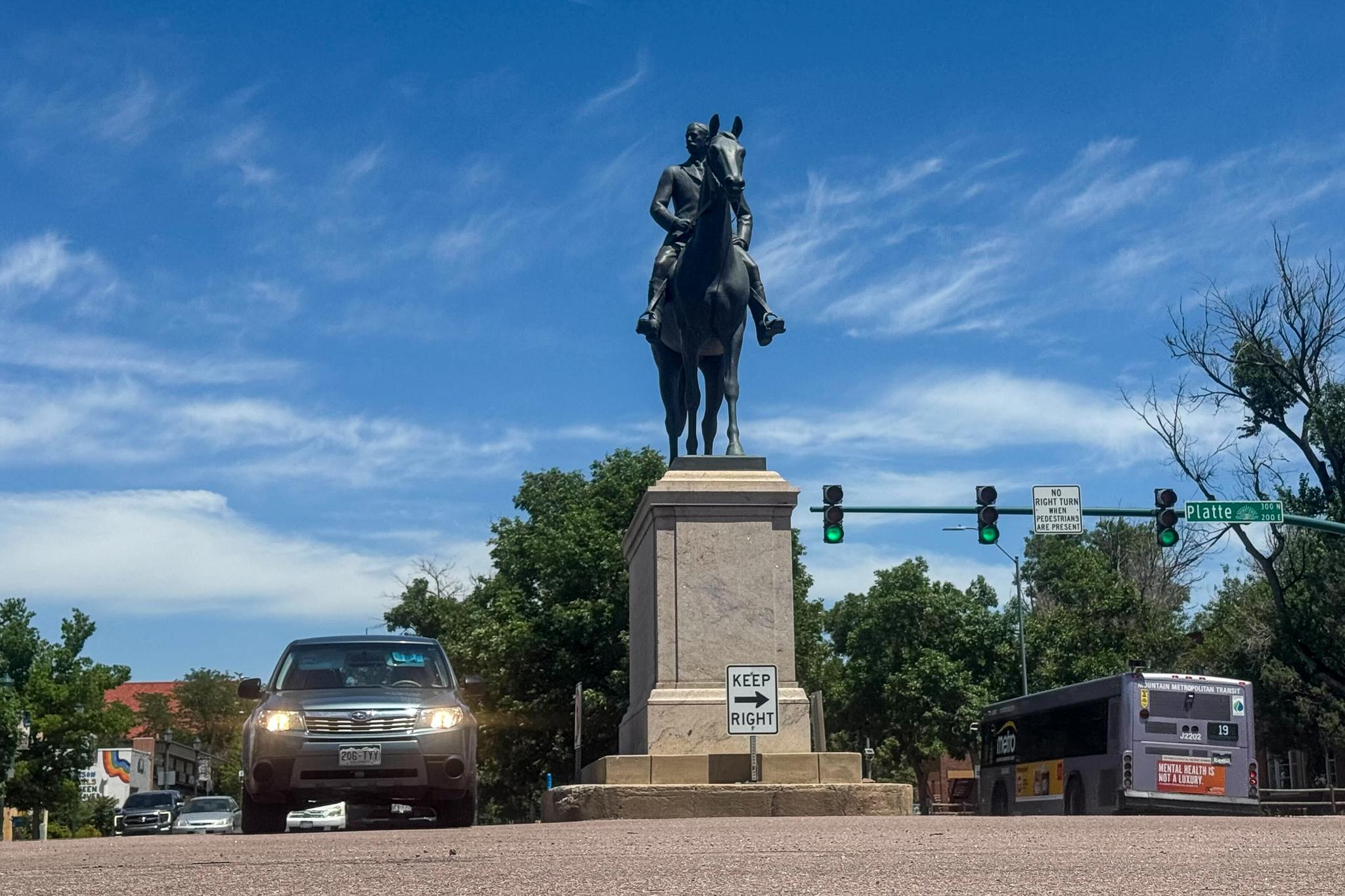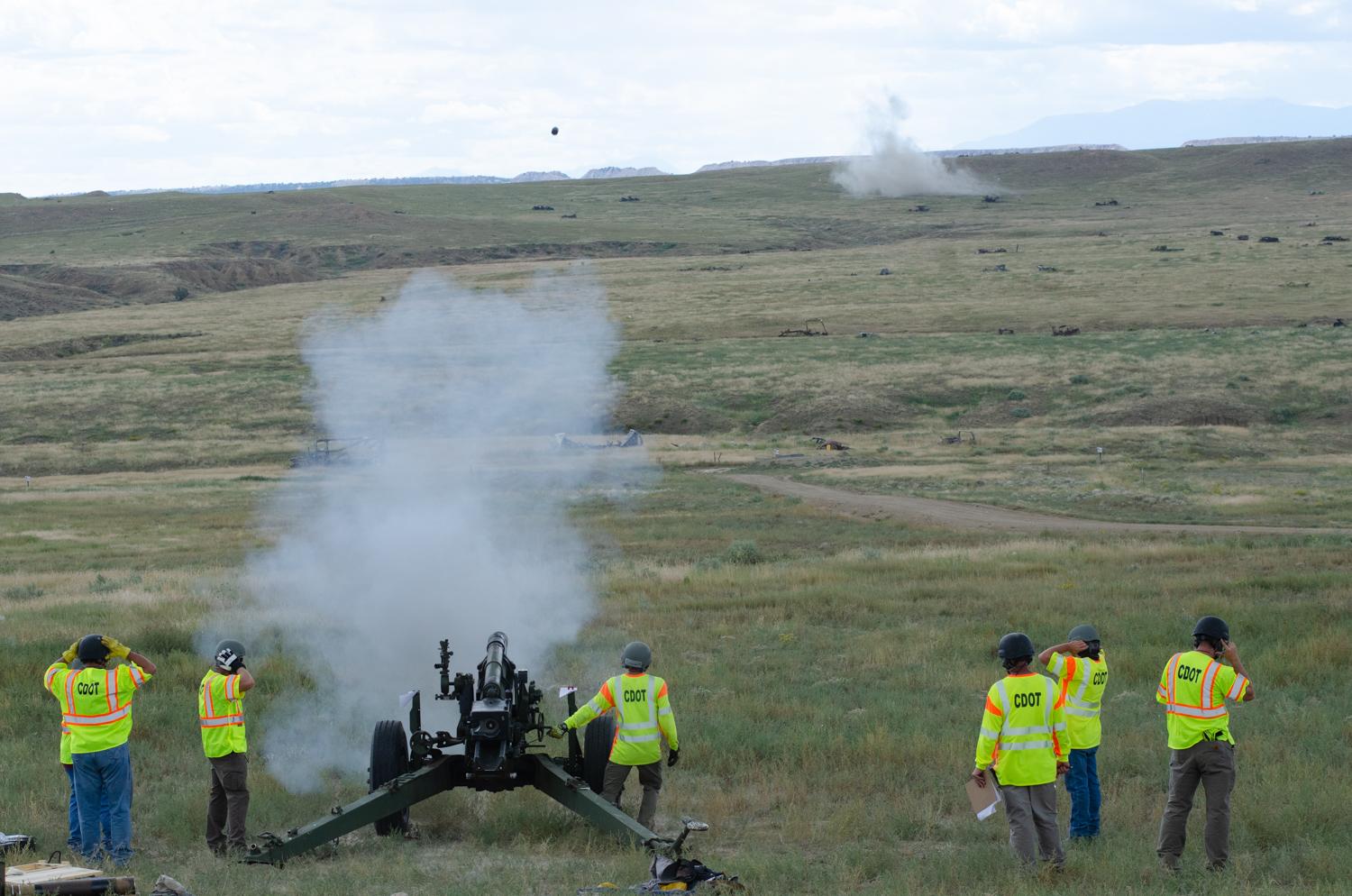
Joe Duarte didn’t expect to ever be standing behind a World War II-era howitzer when he applied for a transportation maintenance job at the Colorado Department of Transportation a few years ago.
But there he was, on a sunny day in mid-September, firing cord in his hand. Duarte’s colleagues clamped their hands over their ears as he yanked it, launching a giant shell the length of an adult’s forearm and the width of a football hurtling through the sky.
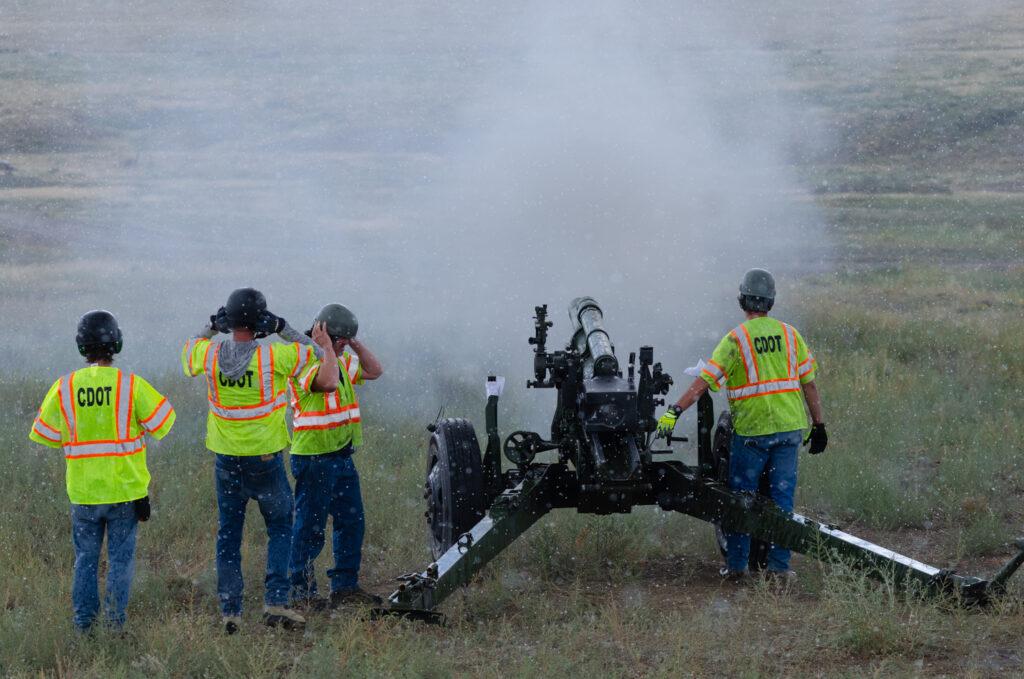
“It’s pretty awesome,” Duarte said shortly afterward.
CDOT maintenance workers like Duarte, who spend most of their workdays doing more mundane tasks like plowing snow and mowing grass, have been firing these guns at avalanche-prone mountainsides for decades.
Well-aimed shells knock snow off avalanche-prone mountains above roads and highways, which plows then clear. It’s a tried-and-true system that Colorado has used since the 1950s, along with other state transportation departments and ski resorts.
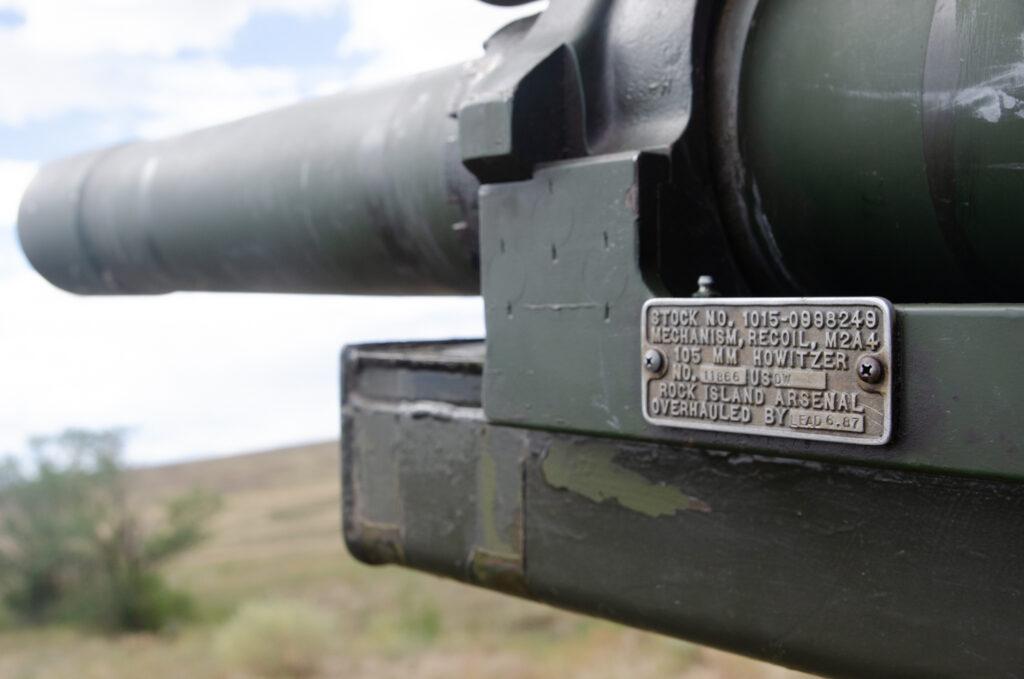
“These are really pretty amazing weapons,” said Jamie Yount, the agency’s winter operations manager. “They were built in a machine shop, basically built by hand, in World War II. And if they could tell a story, I’m sure it’d be a good one.”
But CDOT is winding down the howitzer program in favor of newer avalanche control systems that have become the go-to in a growing number of snowy states.
“We need to be looking at alternatives,” Yount said. “It's been a big part of our program for a long time, and they're a really great tool. But, I think there will be a sunset of this tool in the next decade or so.”
Some of those alternatives are already in place. CDOT has installed more than 30 automated systems above heavily traveled passes, including Berthoud and Loveland, in recent years. These systems require fewer human operators, are safer because they don’t use projectiles, and can be triggered overnight so crews can clear roads by morning.
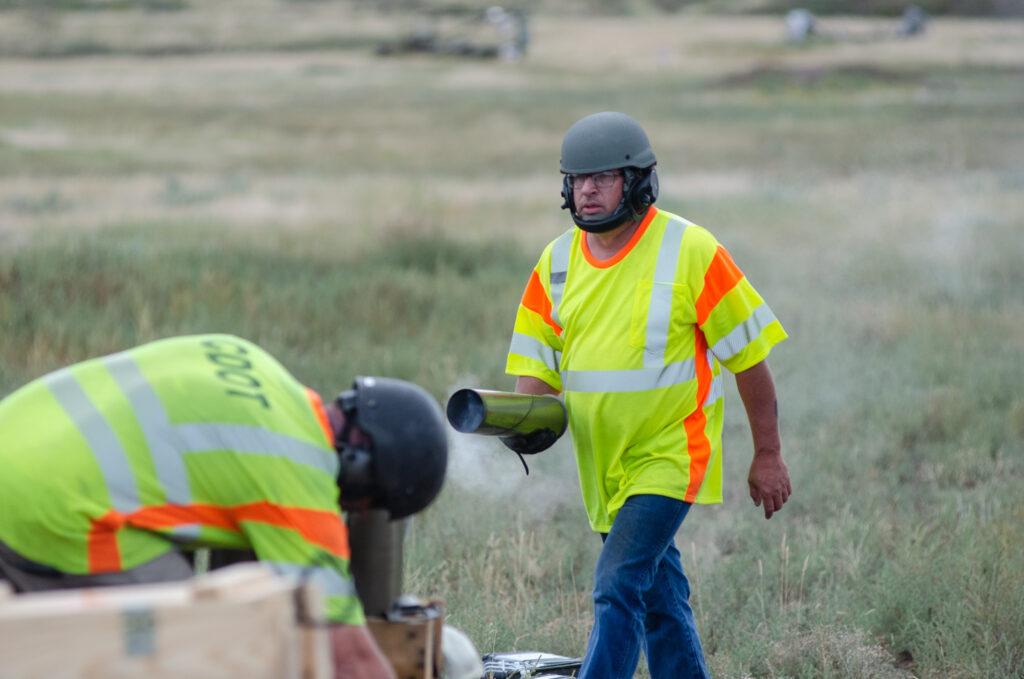
While the benefits of newer technologies are clear, some of CDOT’s long-time gunners say they’ll miss the howitzers. Jamie Lawson, a maintenance worker in the Durango area, has been shooting them for nearly two decades. His father did the same thing for the highways department — on some of the very same mountain passes — a generation before.
“You always want to do something different,” Lawson said. “... And here I am, 19 years later, doing the exact same thing.”
Even Lawson’s grandfather drove a plow for the highways department and, Lawson said, probably shot howitzers in the Army. His stepdaughter, 14, might be next in line for a CDOT job.
“She asks me questions all the time,” he said. “... She wants to see what we do and how it’s done.”
If she does follow in his footsteps, there’s a good chance she won’t be shooting howitzers; she’d have to learn one of the newer avalanche control systems. If she does, she’ll have one foot in her family’s past — and one in her state’s future.







